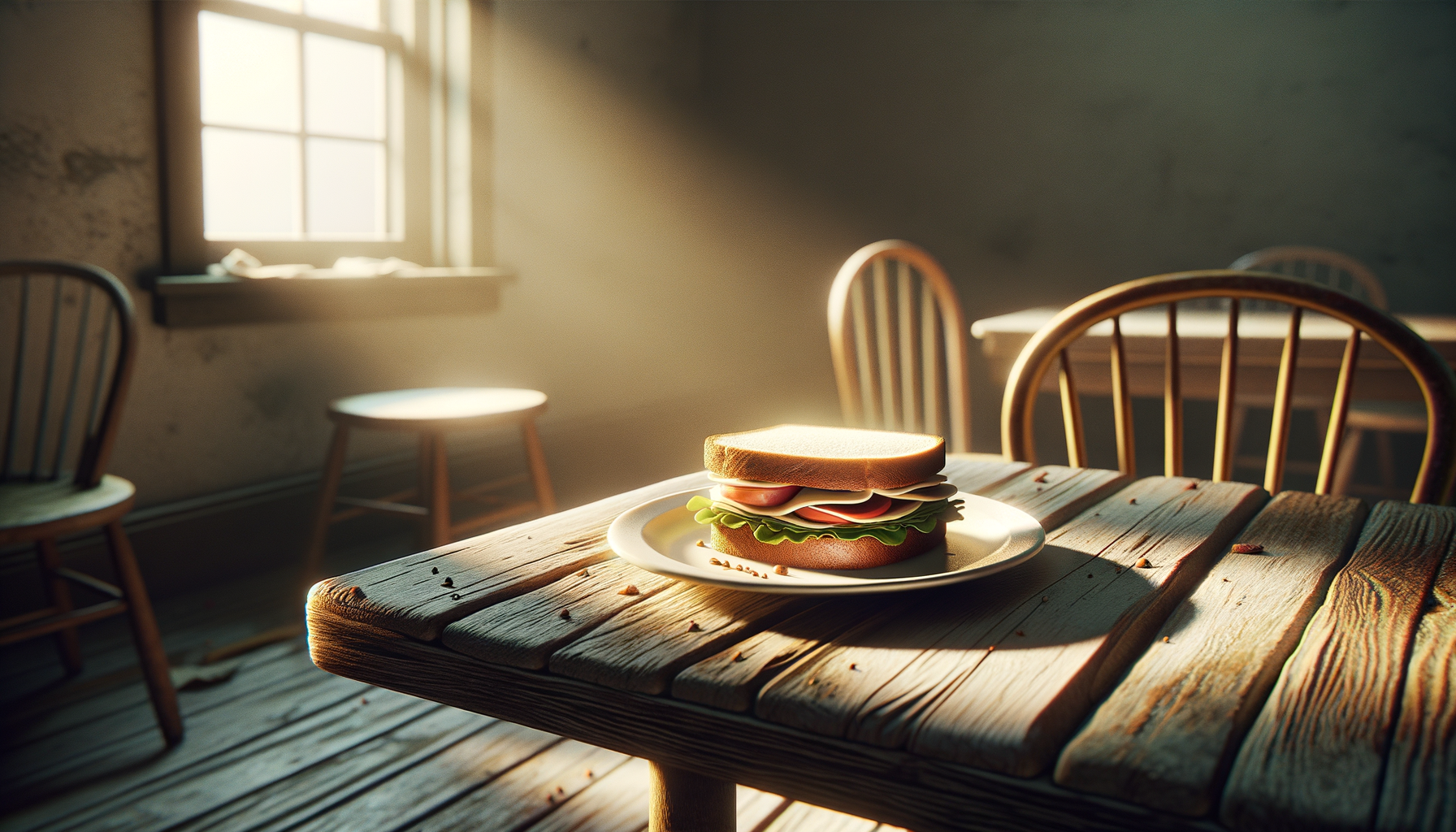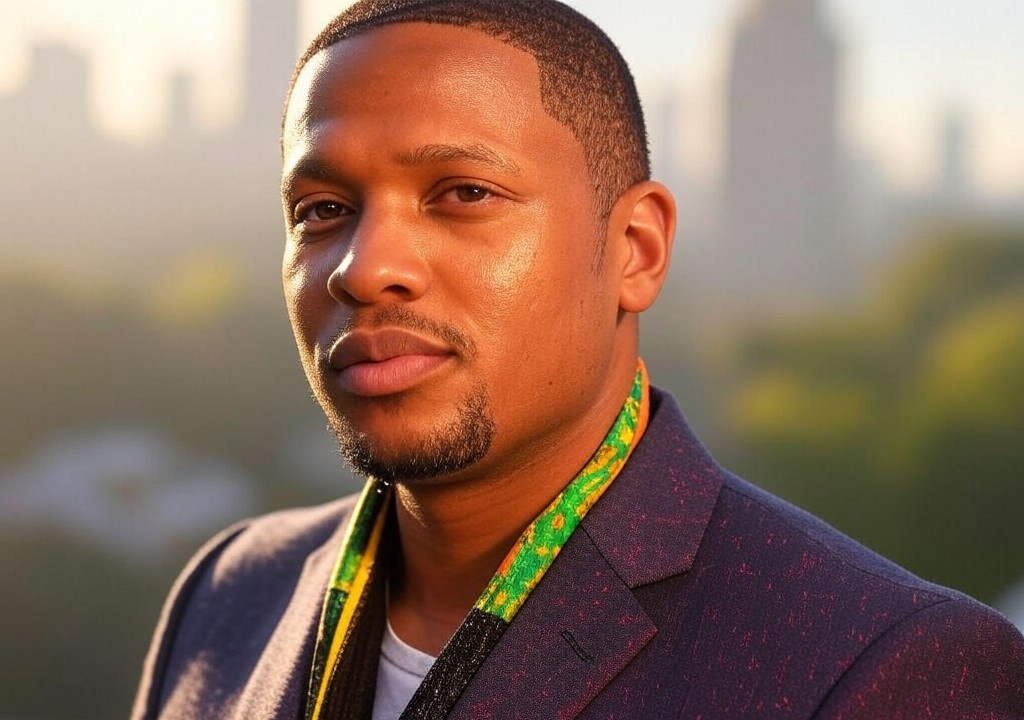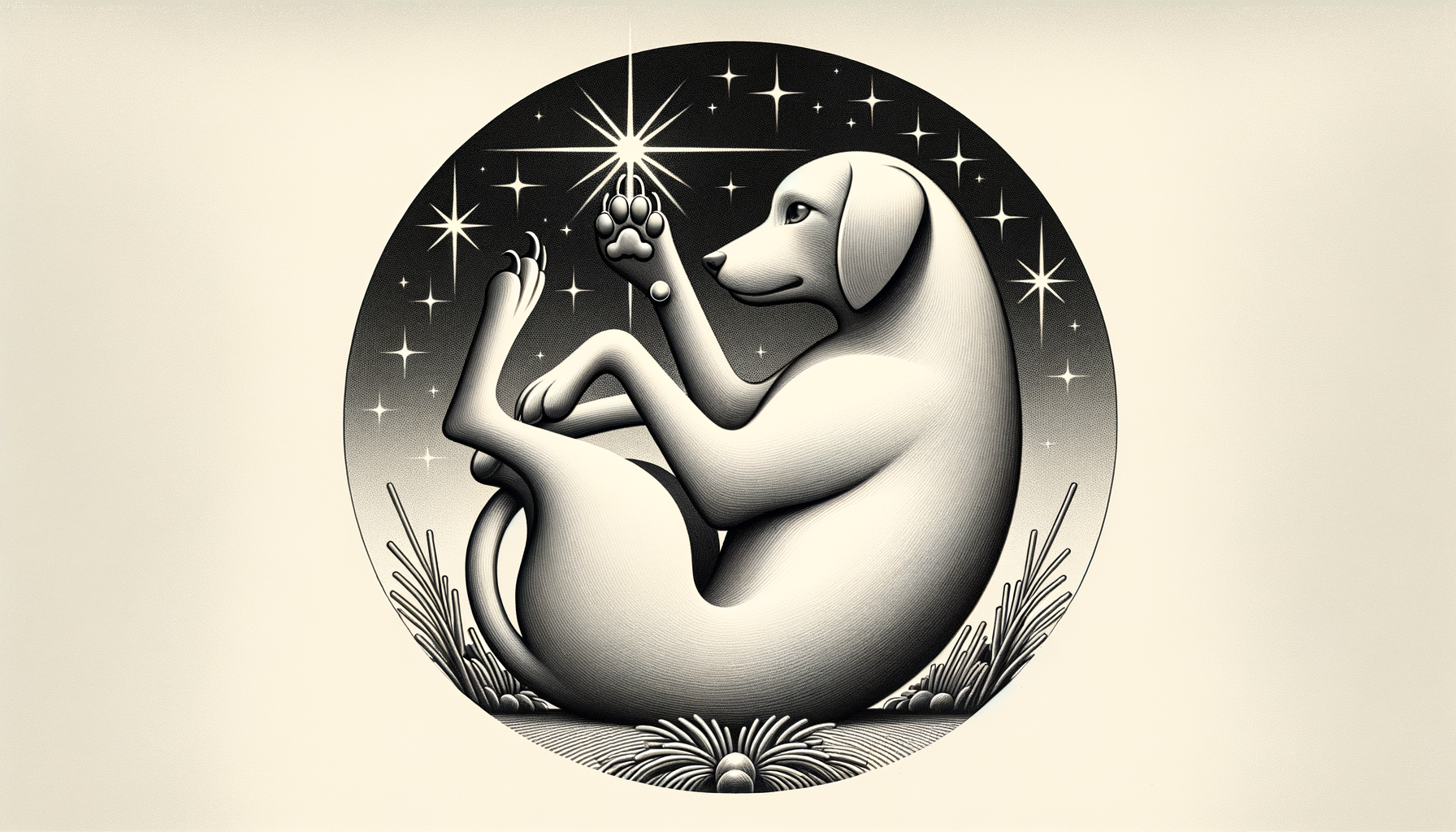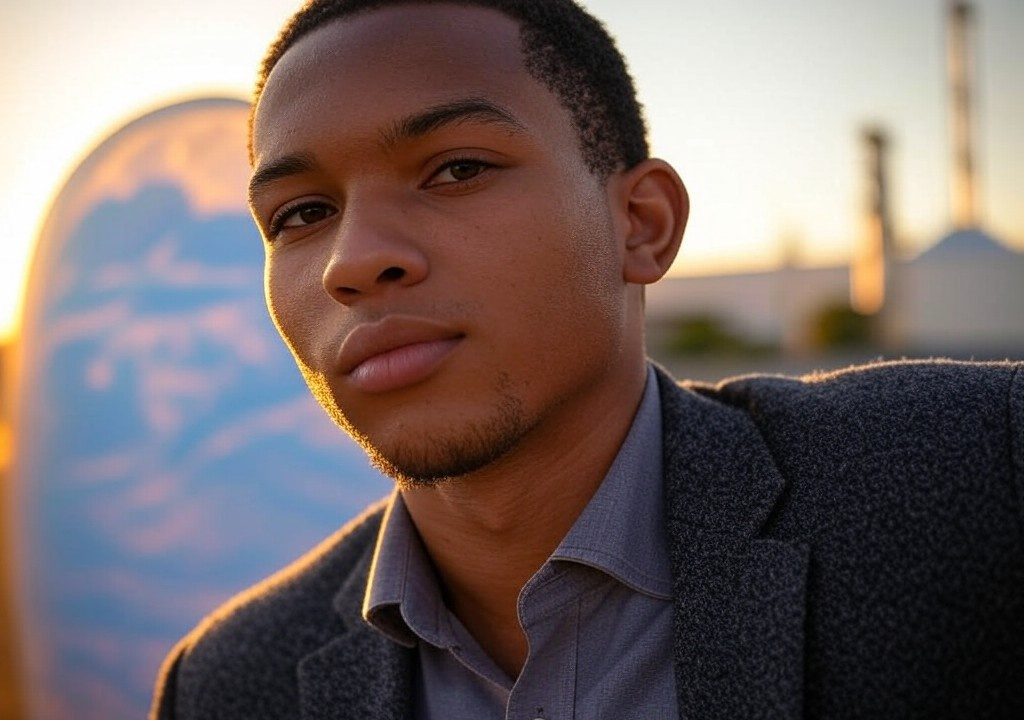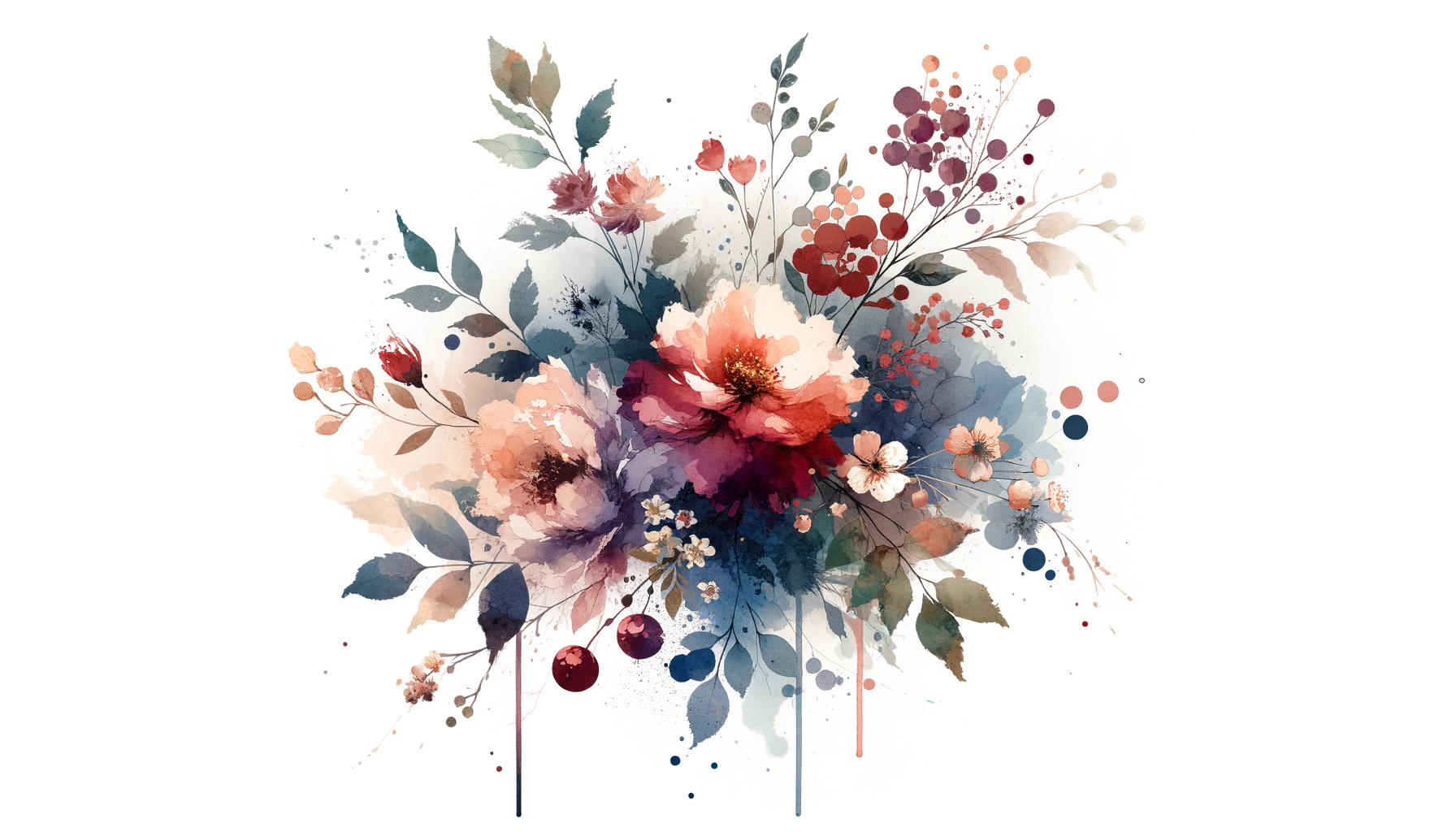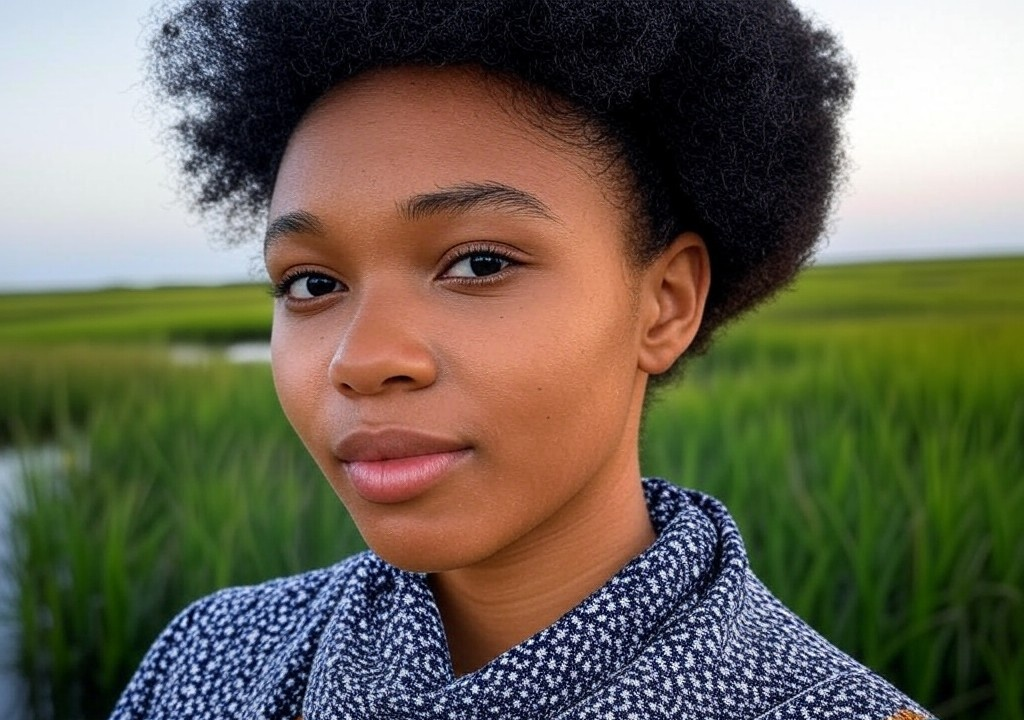I never thought I’d find my people at a clambake.
Mind you, it wasn’t one of those charming Pinterest-worthy affairs where everything is tied up in nautical twine and the lobsters look like they’ve been prepped by Martha Stewart. No, this clambake happened in the backyard of my childhood home—a sprawling lawn that slopes down toward the Kennebunk River, dotted with mismatched lawn chairs and the occasional overturned dinghy. The grill master was my Uncle Joe, who, despite his claim of "perfectly timing the steamers,” nearly set his left hand on fire mid-toast. And yet, it’s that night—messy, loud, and spectacularly flawed—that stands out as the moment I realized my people were right there all along.
Finding your people will rarely look like a curated moment on Instagram. But it is, without a doubt, one of the most worthwhile “quests” you’ll ever embark on. Here’s how it unfolded for me—and how you can start charting your own course through those rocky waters of connection, whether you're on the search for a romantic partner, lifelong friends, or just someone who will see the rogue spinach in your teeth and actually tell you about it.
The Tricky Business of “Tribe-Hunting”
The world tells us to “find our people” like they’re all conveniently assembled in one well-lit Whole Foods aisle, waiting patiently for us to pick them out like organic avocados. Spoiler alert: it’s rarely that simple.
As someone who spent years navigating the social corn maze of New England private academies, liberal arts coffeehouses, and the painfully endearing peculiarities of small-town life, I can tell you that “finding your people” often involves trial, error, and the occasional awkward misstep (like showing up to a trivia night and realizing your “team” consisted of one guy named Gary who smelled faintly of TCP).
Early on, I thought my tribe would be an automatic inheritance. Raised among sailors and storytellers, I should have felt entirely at home within my family’s boisterous fold, where everyone could filet a haddock with the precision of a heart surgeon. But even there, at my own clambake, I sometimes felt like a compass spinning without an anchor—not excluded, exactly, but unsure of where I fit.
So I began looking elsewhere—and dear reader, my first attempts were...let’s call them “overly enthusiastic.”
When You’re the Only Lobster in a Tank of Tuna
Attempt #1: Joining a woodcutting club in Portland because I thought “rustic crafts” would connect me with bear-wrestling Thoreau types. Turns out, I don’t like sawdust.
Attempt #2: Signing up for a yoga retreat that promised to help “vibrate at a higher frequency.” While I did meet some genuinely lovely people with excellent arm balances, they didn’t seem particularly interested in my theories on Edith Wharton’s gothic undertones.
Attempt #3: Attending a vegan dinner party to try something different, only to accidentally offend the host when I asked if she had butter for the bread. (Pro tip: she did not.)
What I realized through these experiences was simple but profound: trying to force myself into spaces that didn’t feel natural wouldn’t magically lead me to connection. The woodcutters were kind, the yogis enlightening, and the vegans deeply committed to their philosophy. But none of them felt like my people—and that’s okay. A key step in finding a supportive community is learning to trust when a space simply isn’t your fit.
Signs You’ve Found Your Crew
When I finally began to find my community, it wasn’t through some grand revelation. It was a process, one that taught me to scan for small but meaningful signals. Here are three signs that you’re in the presence of your people:
1. They Speak Your “Language”—Fluently.
This one’s more metaphorical than literal, though I wouldn’t fault anyone who’s formed lifelong bonds over their shared mastery of obscure nautical terms. For me, my “language” is a mix of dry humor, literary nerdiness, and an uncanny ability to rattle off Maine lighthouse trivia. Your tribe will understand and lean into those quirks rather than making you feel like you need to tone them down.
2. Support Feels Effortless.
Your people will offer you both moral support and the little stuff, like picking the clamshell shards out of your chowder when they see you struggling. (Yes, this happened to me. Yes, I married him.) You’ll also notice that small gestures—borrowing books, recommending podcasts, cheering you on—flow naturally.
3. Your Energy Isn’t Depleted, but Restored.
While it’s natural to feel nervous in new social settings, the right connections will leave you feeling full rather than drained. Think of it like being out at sea: the best crews don’t just keep you afloat—they make the journey invigorating, even in rough waters.
How to Chart Your Course
Ready to hoist the anchor and find your people? Here’s how to set sail:
1. Get Clear on Your “Echo.”
Start by considering what kind of energy and connection you aim to reflect out into the world. Are you a great listener? A provider of belly laughs? A shoulder to lean on? Your people will likely mirror these same traits, creating a mutual “echo” of shared vibes.
2. Embrace the Comfortably Unpolished.
Skip hyper-curated spaces that feel like auditions. Seek relaxed environments where you can show up with zero pretense. Think farmer’s markets, bookshops, or volunteer clean-up crews—not high-pressure cocktail mixers where everyone’s subtly comparing résumés.
3. Practice Vulnerability (in Moderation).
Nobody bonds over small talk about the weather (unless, of course, you’re sailors). Be willing to crack open the door to your authentic self, even if it’s just admitting your latest screw-up or confessing your undying love for a deeply embarrassing rom-com. Vulnerability breeds connection, plain and simple.
4. Be Selective—but Not Judgy.
Your people won’t always look or sound like you expect. Keep an open heart and mind, but give yourself permission to disengage if something feels forced. Friendship should never feel like a performance.
5. Learn to Say Yes (and No).
Say yes to coffees, group hikes, and the occasional chaotic trivia night—but also learn when to graciously bow out. If you're showing up with a grim sense of obligation rather than genuine interest, it’s not likely to lead to authentic connection.
Embracing “Perfectly Imperfect”
The truth is, my tribe isn’t perfect—and that’s exactly what makes it mine. There are still moments when my literary banter is met with blank stares or when I’m the only one at the bonfire swatting mosquitoes with a hardcover copy of Maine Lighthouses: A Pictorial History. But my people embrace me in all my eccentricities, and I, in turn, lean into theirs with as much grace as I can muster (even when Uncle Joe’s “helping” nearly burns the lawn down).
Whoever your people turn out to be, I hope you find them soon—and when you do, I hope there’s laughter, solace, and maybe even some good chowder along the way.




